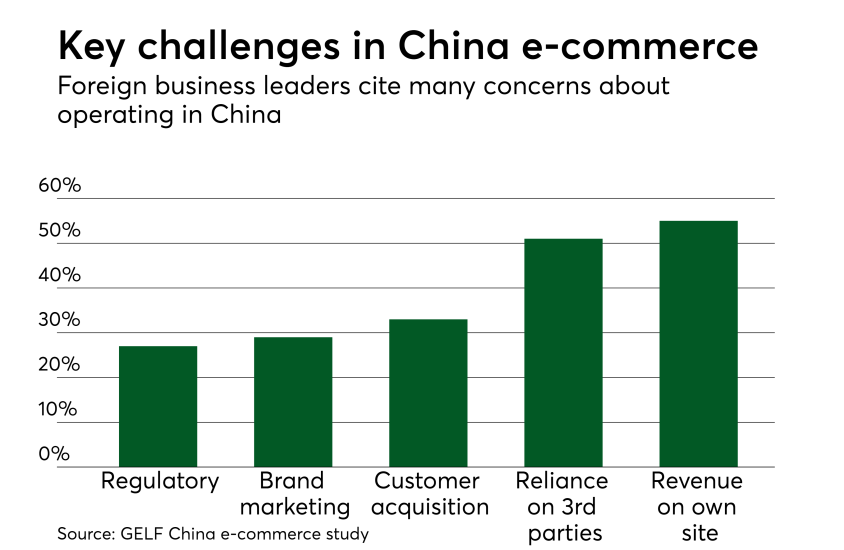
American Express confirmed last week that the People’s Bank of China formally accepted its application — a joint venture with Chinese mobile payment provider Lianlian Group. Amex had worked with Lianlian six years ago in allowing the Chinese mobile provider to incorporate the Serve platform into its network.
It's a wise move for Amex to continue that partnership, because American card brands or mobile wallet providers will find the country fairly tough sledding because its brands of UnionPay, WeChat Pay and Alipay dominate the mobile and e-commerce landscape.

Those wallets are so widely used that an Aite Consulting Group forecast predicted in the coming years these mobile payment models could overtake plastic card payments in China.

QR codes are typically seen as an easy way to deploy mobile payments without the technological or business hurdles of working with a phone's secure element for NFC. But perhaps it's a bit too easy — it appears Chinese regulators want to keep closer tabs on what is occurring behind the scenes of QR-code payments, as they generally fear that third-party developers could somehow be providing the technology for those products.

Still, those seeking to find a way to obtain more transactions from Chinese consumers will point to any progress they are making and view it as a starting point that could lead to bigger stakes.
Last week, Apple CEO Tim Cook acknowledged that

Amazon, for example, uses the enroll/control strategy to its advantage.
Alipay is 10 times as big, at 600 million

In a 2017 Global E-Commerce Leaders survey of business leaders seeking a presence in China, most cited their inability to drive revenue through their own websites as the toughest challenge.
Not far behind as a major concern was lack of control over the technology, or the reliance on third-party partners.





